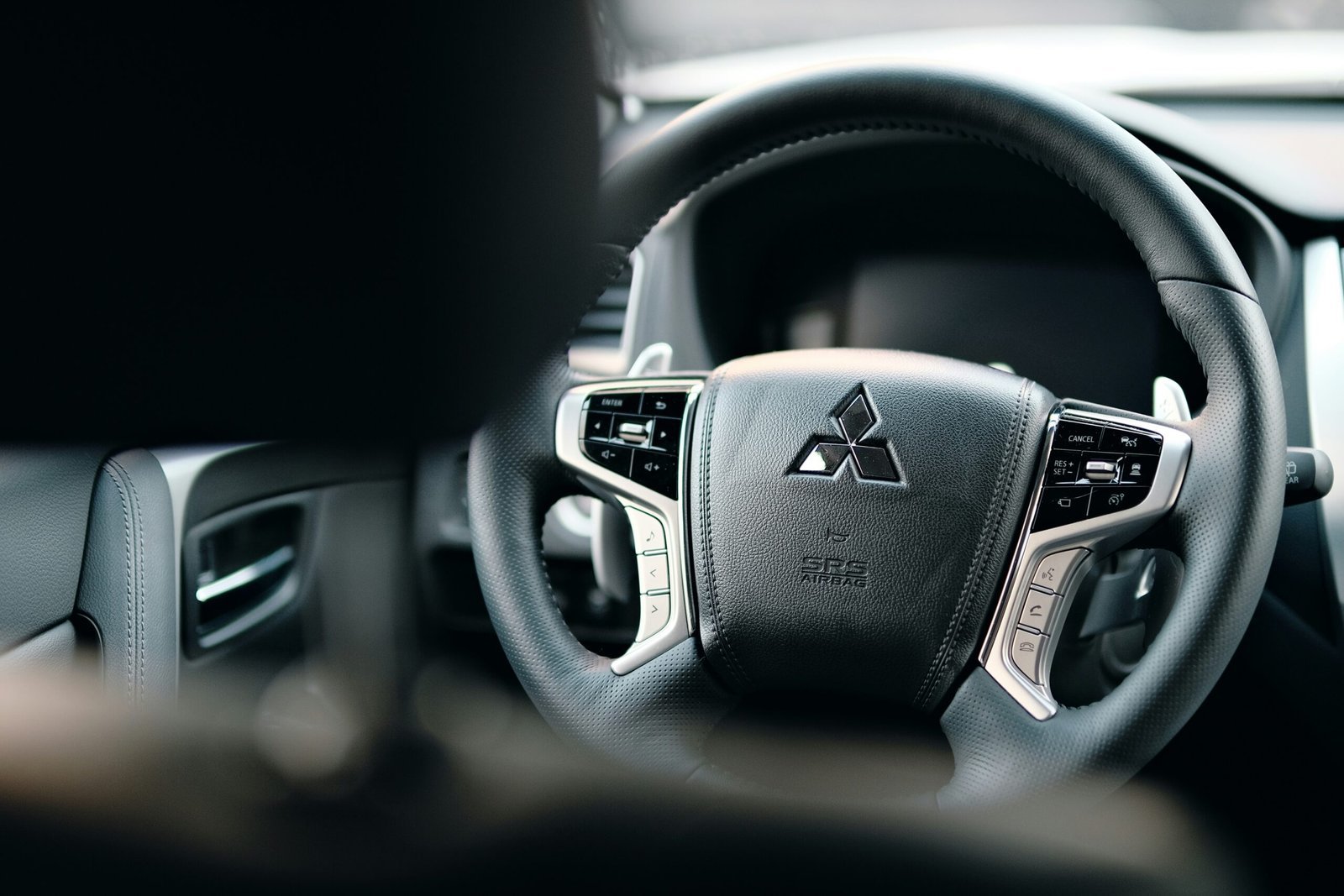
In the fast-evolving landscape of automotive engineering, hybrid car technology stands out as a beacon of innovation, offering a promising glimpse into the future of sustainable transportation. Combining the benefits of traditional internal combustion engines with the efficiency of electric power, hybrid vehicles represent a significant step towards reducing emissions and mitigating the environmental impact of personal transportation.
Understanding Hybrid Car Technology
At its core, hybrid car technology integrates two distinct power sources: an internal combustion engine fueled by gasoline or diesel and an electric motor powered by a rechargeable battery pack. These components work synergistically to optimize fuel efficiency, minimize emissions, and enhance overall performance.
1. Types of Hybrid Systems
Hybrid vehicles come in various configurations, each offering unique advantages and functionalities:
- Parallel Hybrid: In this setup, both the internal combustion engine and the electric motor can directly power the vehicle, either independently or in conjunction with each other.
- Series Hybrid: Here, the internal combustion engine acts solely as a generator, charging the battery pack to supply power to the electric motor, which, in turn, propels the vehicle.
- Plug-In Hybrid: These hybrids feature larger battery packs that can be charged through an external power source, allowing for extended electric-only driving ranges and reducing reliance on the internal combustion engine.
2. Regenerative Braking
One of the hallmark features of hybrid technology is regenerative braking, a process that converts kinetic energy generated during braking into electrical energy to recharge the battery pack. By harnessing this otherwise wasted energy, hybrid vehicles improve overall efficiency and extend driving range.
3. Intelligent Power Management Systems
Hybrid cars employ sophisticated power management systems that automatically switch between the internal combustion engine and the electric motor based on driving conditions, power demand, and battery charge levels. This seamless integration optimizes fuel efficiency while ensuring smooth and responsive performance.
4. Environmental Benefits
The environmental advantages of hybrid car technology are manifold. By reducing reliance on fossil fuels and minimizing tailpipe emissions, hybrids contribute to cleaner air and a healthier environment. Additionally, their increased fuel efficiency translates to lower greenhouse gas emissions, helping to combat climate change and reduce our carbon footprint.
5. Challenges and Future Developments
While hybrid technology has made significant strides in recent years, challenges remain, particularly in terms of battery technology, infrastructure, and cost. However, ongoing research and development efforts are focused on addressing these hurdles, with advancements in battery capacity, charging infrastructure, and manufacturing processes driving the widespread adoption of hybrid vehicles.
The future of hybrid car technology holds immense promise, with continued innovation paving the way for more efficient, environmentally-friendly, and sustainable transportation solutions. As consumer demand for eco-friendly vehicles grows and regulatory pressures intensify, hybrid technology is poised to play an increasingly pivotal role in shaping the future of the automotive industry.
In conclusion, hybrid car technology represents a compelling fusion of tradition and innovation, offering a glimpse into a future where sustainable mobility is not only achievable but also economically viable. With ongoing advancements and a steadfast commitment to environmental stewardship, hybrid vehicles are leading the charge towards a cleaner, greener, and more sustainable transportation ecosystem.












